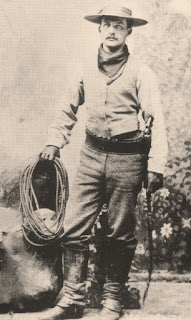 |
| Lady Mary Crawley's corset in an early episode |
Change stands prominent as the obvious theme depicted in TV’s historical drama, Downton Abbey. The show begins famously with news of the Titanic’s sinking in 1912 and spans to 1925 where it will close out its sixth and final season. Most familiar with this period recognize the breadth of change that took place between those years and the lasting impact yet to come in the decades that followed. While there are almost innumerable aspects of this that could be analyzed through the story of the Crawley family and their house staff, the increasing freedom for women is consistently at the forefront of a larger majority of plot lines.
The topic of women’s growing independence could alone be scrutinized through varied contexts, and in fact, has already been visited in an earlier Crawford Messenger post dealing with women’s right to vote and to hold public office. Another representation of change for women can be seen, quite literally, in the evolving fashions highlighted throughout each season. Fashion offers one of the clearest expressions of women's growing freedom, and no item of apparel better represents this than the corset.




